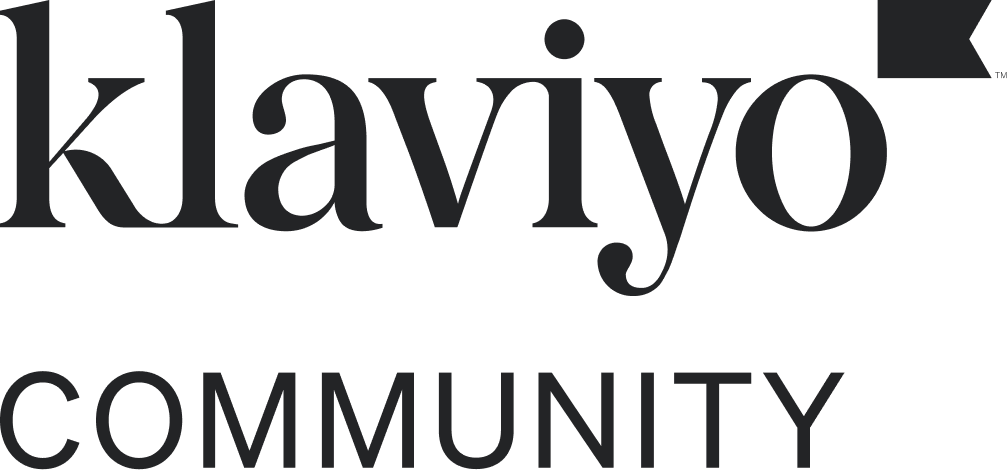@heyjessromero totally understandable you don’t want to spend time building all email elements in Canva before taking them to Klaviyo!
@Akers Digital and @Ashley I. have both given you useful feedback...
This information is something you might also want to share with your client, so they can appreciate how the benefit of having emails that are dynamically resized for mobile and easily read by all recipients can often outweigh the desire to have 100% perfect brand consistency.
One thing they forgot to mention is that you can specify which fallback font in Klaviyo should be used for all of your emails. So you (maybe together with your client for their peace of mind/ approval) can examine the available fallback fonts, and choose the one that is closest to the preferred brand font.
Approximately 50% (or more) of the people on any brand’s email list are opening emails on their phones and/ or tablets. So if you’re using custom images created in Canva, those won’t adjust the font size for headers, body text, etc. Anything between 14-16 px font size that will be readable on a desktop device when designing in Canva will most likely be unreadable on a mobile device.
Unless the font is an elaborate script font that has a clearly noticeable difference between the brand standard and the Klaviyo fallback font, most of the people on your list won’t notice a subtle difference IF their email client doesn’t display the custom font.
If your client has the budget available to add this service, you could use a tool like Litmus to examine how the email built in Klaviyo will display in different email clients, and then check on the ratios of that brand’s list to determine what percentage have Gmail email addresses, vs. Outlook, etc. That will help you give your client confidence in what % of the list will already get emails with the custom font that’s specified in Klaviyo, and what % of the list will actually see emails with the fallback font…
Warmly,
Gabrielle, Klaviyo Champion & Marketing Lead at ebusiness pros






